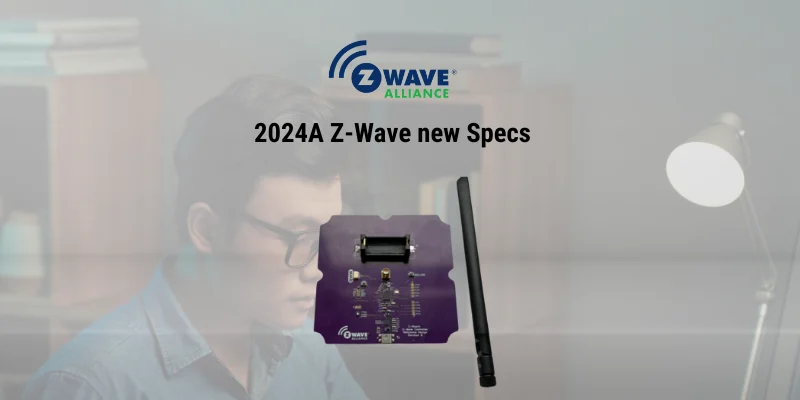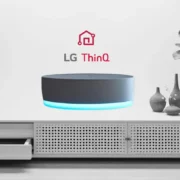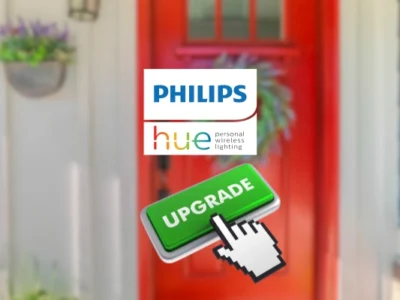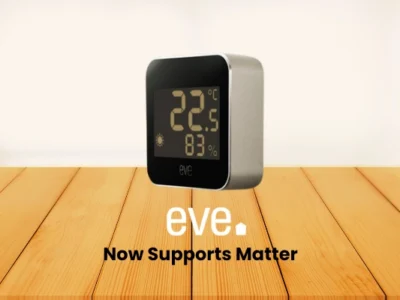The Z-Wave Alliance has released the 2024A Z-Wave Specification Package, featuring significant updates to enhance smart home security and functionality. This package introduces new User Credential Command Class features and User Credential Control Specifications, ensuring robust and secure user authentication within the Z-Wave ecosystem.
Table of Contents
- Overview of the 2024A Z-Wave Specification Package
- Key Updates and Enhancements
- Understanding the User Credential Command Class (CC)
- The User Credential Control Specification
- Additional Resources
Overview of the 2024A Z-Wave Specification Package
The 2024A Z-Wave Specification Package comprises several key documents, each undergoing an Intellectual Property Rights (IPR) review:
- Z-Wave Specification 2024A.pdf: The primary document detailing the 2024A specifications.
- Short_changelog.txt: A text file summarizing the changes made.
- Indicator Command Class, list of assigned indicators and Property IDs.xlsx: A spreadsheet listing indicators and Property IDs for the Indicator Command Class.
- changes.patch: A file containing specific changes to the code or documentation.
Key Updates and Enhancements
The latest 2024A package includes the following updates:
User Credential Command Class (CC) Updates:
- Clarifications and fixes to the existing specifications.
- Introduction of the User Credential Control Specification.
Minor Clarifications:
- Updates to Association v4 and MAC v5 Command Classes.
Understanding the User Credential Command Class (CC)
The User Credential Command Class (CC) is a crucial specification within the Z-Wave protocol, defining how user credentials like passwords or PIN codes are managed and communicated between devices. This update ensures secure and reliable operation for smart locks and other access control devices.
Key Features:
- Credential Management: Create, modify, and delete user credentials, including setting validity periods and permissions.
- Security: Secure transmission and storage of user credentials, maintaining the integrity and confidentiality of the smart home network.
- Interoperability: Seamless compatibility between Z-Wave devices from different manufacturers.
- User Control: Homeowners can manage access levels for family members, guests, or service personnel.
- Automation Integration: Integrates with other Z-Wave Command Classes for advanced automation scenarios.
The User Credential Control Specification
The User Credential Control Specification outlines standards and protocols for managing user credentials within a Z-Wave network. It ensures secure access control by defining how devices handle, store, and communicate credentials such as PIN codes, passwords, or biometric data.
Key Components:
- Credential Types: Defines various user credentials, including numeric PIN codes, alphanumeric passwords, and biometric data.
- Credential Management: Procedures for creating, updating, and deleting credentials, including adding new users and modifying existing ones.
- Access Control: Establishes how credentials control access to devices and services, setting permissions and access levels.
- Security Protocols: Outlines security measures for protecting credentials, including encryption and secure storage practices.
- Interoperability: Ensures seamless operation across different Z-Wave devices.
- Event Logging: Logs events related to credential use for auditing and monitoring security.
- User Interface: Guidelines for creating user-friendly and secure interfaces for managing credentials.
- Error Handling: Procedures for managing errors related to credential management, such as incorrect PIN entries or expired passwords.
The 2024A Z-Wave Specification Package represents a significant step forward in enhancing the security and functionality of smart home networks. By adhering to the updated User Credential Command Class and User Credential Control Specification, Z-Wave devices can provide robust, secure, and interoperable user authentication and access control, improving the overall smart home experience.
Additional Resources
For more information about Z-Wave technology and the Z-Wave Alliance, visit the Z-Wave Alliance website.













Comments